During his state-of-the-state speech last year, Maryland governor Larry Hogan announced that his administration’s construction of new toll lanes in interstates around the Washington, D.C. suburbs would be part of the world’s largest public-private infrastructure partnership, with an estimated cost between $9 and $11 billion. The premise for this “monumental and historic” project, according to a press release, will be to solve “limits” on “the economic growth and competitiveness of the region” by widening highways.
However, there are clear signs that this is yesterday’s planning for tomorrow’s economy. Mounting evidence indicates that highway widening actually exacerbates traffic congestion and causes even longer travel times, while encouraging fiscally inefficient, sprawling development patterns. On the other hand, there are fiscal and ecological savings we could achieve by preventing environmental damage and mitigating climate change through reducing our land consumption with denser development. Enabling and supporting compact development is also essential to economic growth, with the key industries driving the post-Recession economy—the information and innovation sectors—now clustering densely in place.

To be economically competitive, state, regional, and local leaders need to align their infrastructure, economic development, and land-use policies to support and grow concentrations of activity, rather than encourage sprawl. But how does a metro area identify and support such concentrations? Some city and regional leaders are already taking steps to map the economic geography of their places and use that information to guide their decision-making.
What is ‘economic mapping’?
Last year, Brookings Metro and Oregon’s Metro agency developed the Economic Value Atlas, a mapping tool aimed at aligning regional planning and infrastructure investment with economic values. Navigating the interactive map, one can examine each neighborhood’s performance in 11 key measures, including market connectivity, inclusivity, and livability. The EVA can identify neighborhoods most suitable for particular economic development opportunities, social equity solutions, or transportation access. In the future, it can even be used to understand the neighborhood-level impact of amendments to Portland’s Regional Transportation Plan or alterations to the region’s urban growth boundary.

The Economic Value Atlas places census tracts in a regional context using 11 measures of stakeholders’ shared values
Similarly, in 2012, the city of Cincinnati developed Plan Cincinnati, a comprehensive guide for the city’s future development. Twelve working groups examined the city’s assets and opportunities around key elements ranging from arts and culture to fiscal impact, governance, and infrastructure. Based on the findings, the city mapped existing and potential activity centers and now prioritizes its resources to support their growth. The annual budget and capital improvement plan are aligned with Plan Cincinnati’s objectives, creating momentum for these activity centers, supporting the work of local place-governance organizations, and catalyzing capacity for further redevelopment work. For example, the community development corporation Price Hill Will is now partnering with the private sector to redevelop vacant buildings in the Incline District of East Price Hill—one of Plan Cincinnati’s underserved activity centers—to create an arts and events campus.

In the Washington, D.C. region, the Metropolitan Washington Council of Governments’ Place + Opportunity report identifies emerging, regionally significant places and suggests what types of interventions are needed to improve them. One promising sign of implementation is in Maryland’s Prince George’s County, where the state, the county, and the regional transit agency are working together to reimagine a local rail nexus as a hub of new job growth. This is “land use as a transportation strategy”—the kind of integration required to create dense, connected economic hubs.
Other regions are engaging in similar efforts to economically map their potential activity centers. In Northeast Ohio, for example, the Fund for Our Economic Future has undertaken a detailed analysis of job hubs based on the region’s traded-sector jobs, local development patterns, and existing infrastructure assets. In Washington, the Puget Sound Regional Council has developed a framework to guide the region by identifying growth and manufacturing/industrial centers.
We can create more great places
Economic mapping exercises, however valuable, are not enough. Returning to Maryland’s highway-widening plan, one can see the failure of state and local leaders to fully embrace their regional plan’s recommendations. It is, at best, highly inefficient to invest in some regional activity centers while at the same time channeling massive resources into highway widening. At worst, it is self-defeating. Maryland’s state, regional, and local leaders should take note that Virginia’s Arlington County won Amazon’s HQ2 bidding process at least in part by offering a location clustered around one current and one future mass transit station, with plans to reduce the auto-centricity of the road infrastructure in the area.
Far more cities and metro areas need to better coordinate their strategies for increasing the quality of existing concentrations of activity, and expand investments into places with potential to become such hubs. In the coming year, the Bass Center will be undertaking work in this area to help guide U.S. metros—and the place-based philanthropists, investors, and advocates who care about them—to understand their regional economic geography and unlock the power of transformative placemaking.
The Brookings Institution is committed to quality, independence, and impact.
We are supported by a diverse array of funders. In line with our values and policies, each Brookings publication represents the sole views of its author(s).
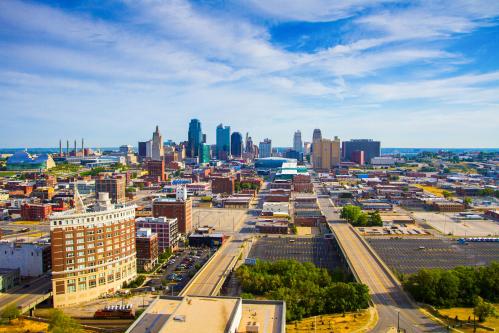

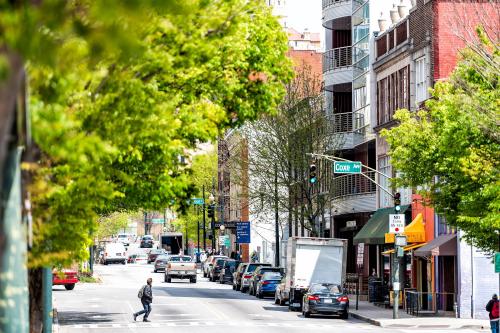


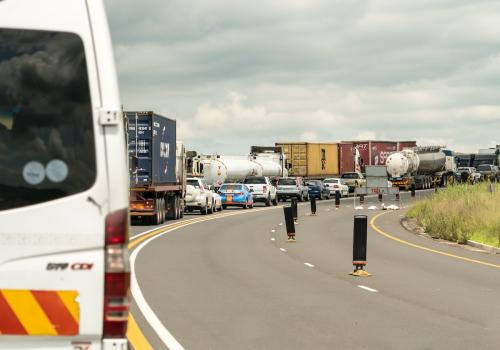
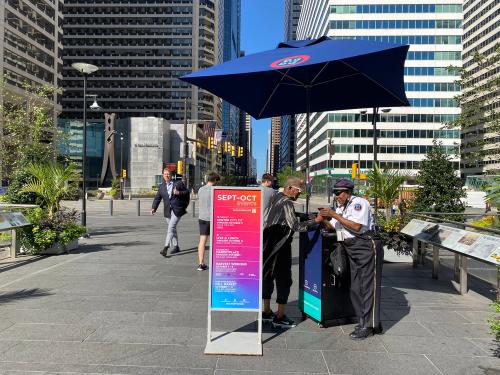
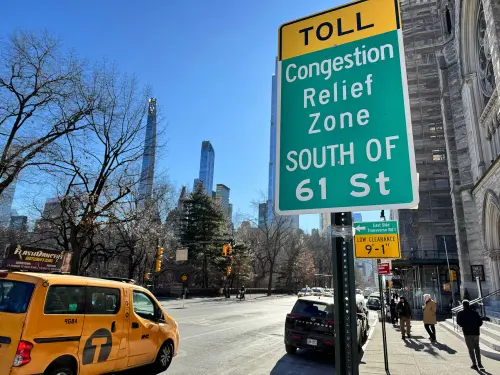
Commentary
‘Economic mapping’ can help cities target the best places for density and growth
February 27, 2020